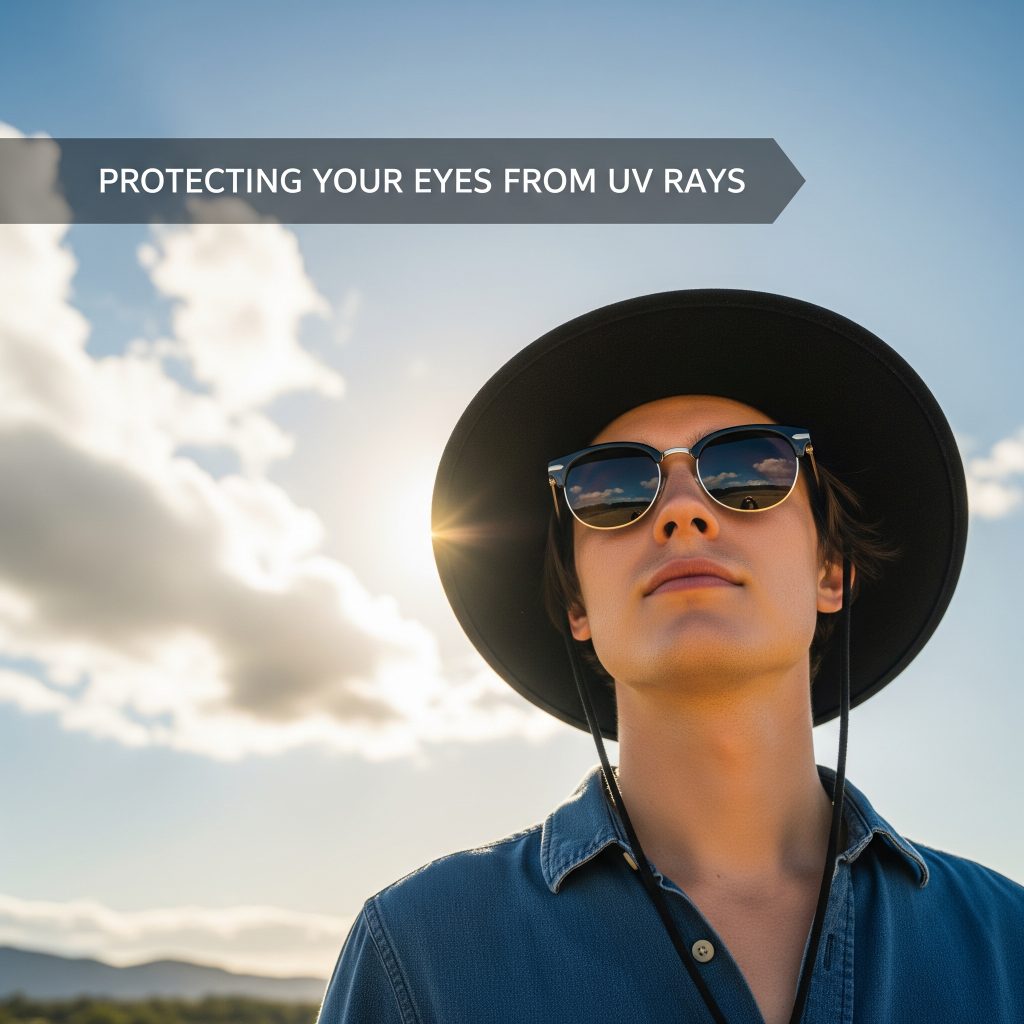
Comprehensive Protection: Guarding Your Eyes from UV Rays
Understanding the Risks of UV Exposure
Ultraviolet (UV) rays, both UVA and UVB, can quietly damage your eyes over time, increasing your risk of cataracts, macular degeneration, eye cancers, and growths such as pterygium and pinguecula. Activities involving reflection from water, snow, or sand heighten this exposure. Even on cloudy days, UV rays can still penetrate and pose a threat.
Choosing the Right Sunglasses for UV Protection
Opt for sunglasses with a UV400 label or that block between 99 to 100 percent of UVA and UVB rays. Lens color, darkness, or brand price does not dictate protection. Wraparound designs offer enhanced coverage by minimizing peripheral UV light, while scratch resistant and polarized lenses can improve comfort without affecting protection.
Layer Your Sun Defenses with Hats and Shade
Broad brimmed hats reduce UV exposure by up to 50 percent, and using shaded areas during peak UV hours, typically between 10 a.m. and 4 p.m., adds critical protection. Even so, remember that UV rays penetrate clouds, so remain vigilant all year round.
Be Especially Mindful Near Reflective Surfaces
Surfaces like snow, water, and sand reflect and amplify UV exposure. Snowsports, water based activities, and beach outings demand extra protection. Wraparound UV blocking eyewear, sunglasses, and shading are essential in these environments.
Cover Young and Sensitive Eyes
Children are particularly vulnerable to UV damage due to larger pupils and clearer lenses. Make sure they wear sunglasses and hats consistently, and ensure eyewear complies with CE or ISO standards for effective protection.
Regular Eye Exams Support Lifelong UV Safety
Routine eye exams help detect early signs of UV related damage, such as cataracts or pterygia, before symptoms arise. Eye care professionals can also verify the UV protection level of your eyewear and recommend specific protective strategies.